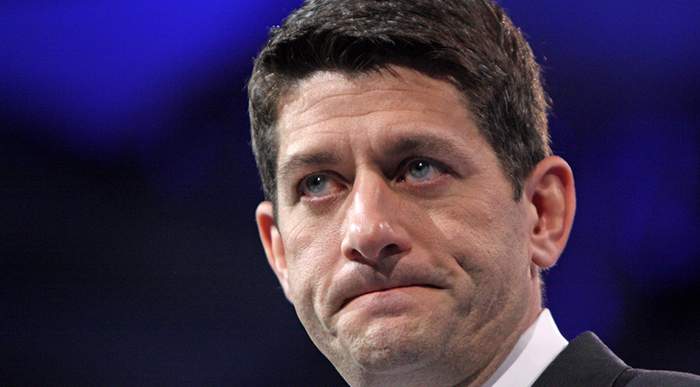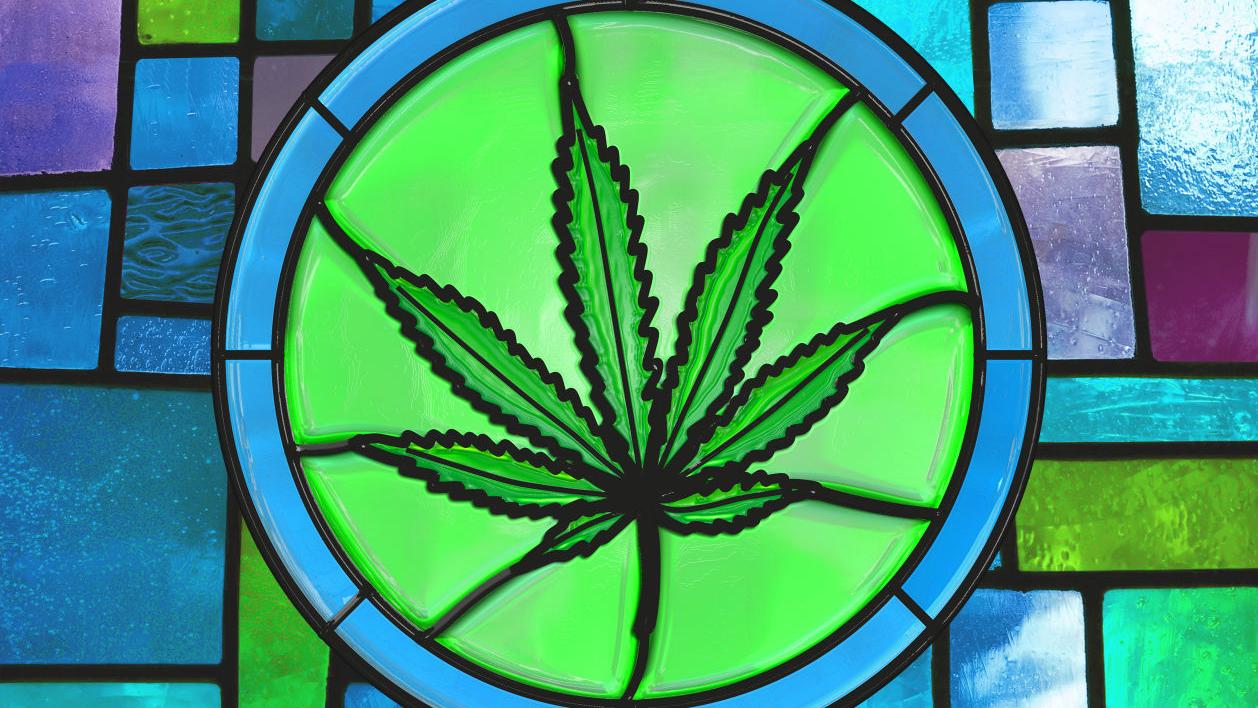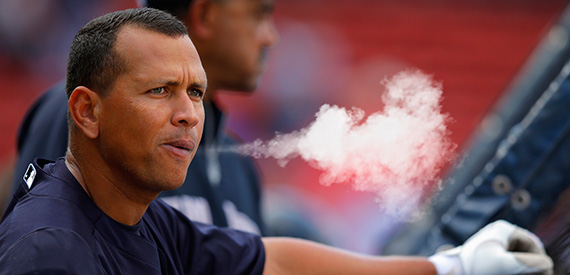Just a dozen years ago, there was serious talk among GOP circles about the possibility of a “permanent conservative majority” in the U.S. Congress. Karl Rove famously predicted that the Republican party would, for the foreseeable future, be able to attract the allegiance of 50 percent of those Americans who actually cast votes on Election Day. The fact that this prediction was based on a system that went out of its way to prevent or disallow the votes of socioeconomically disadvantaged citizens is a subject for another article—I bring up Rove’s inaccurate prediction more to point out how far American conservatism has fallen than to point out what evils would have gone into making that prediction true.
In the decade since Rove’s prediction seemed feasible, the Republican party has been divided into so many factions that James Madison’s “The Federalist No. 10” essay is glowing red hot on its shelf in the Library of Congress. The election of a black president who simply would not, in his years in office, learn his “place” and capitulate to the moth-bitten whims of his “betters” across the aisle led to the Tea Party, whose primary purpose was to play dress-up while electing “mavericks” to positions of power. A fine idea, except that the Tea Party definition of a maverick was someone whose disdain for rational thought was matched only by their disgust for facts and willingness to shout about both points at the slightest provocation. The facts that back up my argument about the Tea Party are plentiful. Here are just a few: Sarah Palin, Michelle Bachman, Joe Wilson, Mitch McConnell, and Rand Paul.
As the Tea Party’s news cycles finally ran out, the buttoned-up, old money wing of the party took over again in the person of Mitt Romney, who, despite his Mormonism, seemed to epitomize the New England WASP so thoroughly he might have been raised on the grounds of Exeter. This last gasp of true Reagan-era republicanism let the unthinkable happen for conservatives: Barack Obama became a two-term president. His election, the ultimate affront to tradition, had not been a fluke after all. From this ultimate insult bubbled the thick dregs of the Tea Party as though a flame had been lit beneath it—birtherism, objectivism, anti-intellectualism, and toxic rose-colored nostalgia for an exclusive America were now the norm.
Emerging fully-formed from this toxic muck before too long, was Donald J. Trump. For a while his candidacy’s mainline-heroin version of the above ideals seemed to appeal to a broad swath of the population, but that frightening period seems to finally be coming to an end as the election draws nearer. The question now remains, we hope, how much damage will the Donald do to the party that created him—and the country as a whole—before he slouches back toward Mar-a-Lago?
As it stands, the GOP nominee is a howitzer of Twitter-hate and more members of his own party are forced to flee the line of fire every day. Those members of the party who remain loyal to the demagogue are faced with an equally fierce bombardment of questions from constituents who have more questions about the candidate than ever before. His sexual misconduct allegations, which are more prolific than anyone in the party dared imagine, dig his grave deeper by the news cycle.
At the center of it all, Paul Ryan, who withdrew his support, but not his endorsement of Trump, is left to wonder if his position is as stable as it was at the close of summer. Trump’s most important swing states are also home to some of the most hotly contested congressional races, and Trump seems just one slip-up away from relinquishing the little support he has left among his fellow Republicans. At some point, they may be forced to jump ship simply to save their own skins.











